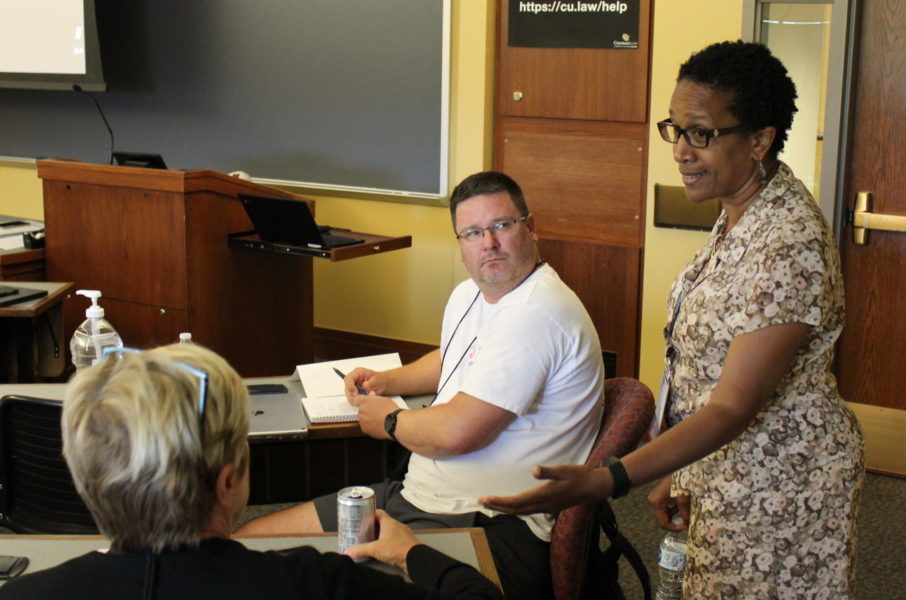By GSBC President Michael Stevens
At the Graduate School of Banking at Colorado’s 70th Annual School Session, we hosted roundtable discussions for second- and third-year students, 324 community bankers and regulators from around the country. Demographically, the students represented both metropolitan areas and rural communities, and community banks of all sizes. The premise of the discussions was that as a leader you won’t get the easy questions, but you will get the topics and issues people either don’t know how to—or just don’t want to—address. The objective of these roundtables was to ignite dialogue that leads to solutions so we can move forward as an industry.
Let’s talk specifically about community banks’ relationship with diversity, equity and inclusion (DEI). We wanted to know what banks were doing to address this topic in leadership, corporate governance and with their customers.
From the discussions, there is clearly more awareness of the importance of DEI which is generating more discussions and engagement in most of the banks. There were a few comments that, given the makeup of particular communities, there just was not that much diversity to tap into. This view was quickly challenged by some who stated you must deliberately engage with community groups outside the bank’s traditional circle of influence. Diverse perspectives within each community are out there, but you must actively seek them out.
We asked groups to identify the best ideas coming from the discussions. Here are a few:
-
Provide bank resources and expertise to assist community groups with grant writing to bring more funding and economic development to the community.
-
Form advisory groups from different populations within your community. This is how you truly get to know people and understand their needs.
-
Grant your employees paid volunteer time to engage more broadly in the community.
-
Re-think what you want out of your board of directors and define its role in community outreach and diversity.
-
Provide more training and development opportunities to entry-level employees.
-
The CEO must engage with a broader population of employees to better understand community issues.
Many of the groups felt community banks are gaining greater traction in the area of gender diversity, citing efforts to increase the number of women in leadership and board positions, but noted more should be done in regard to race and ethnicity. In general, students expressed more progress needed to be made in the executive ranks and the board room; although I heard one student share that his bank’s board was very diverse and fully representative of the community, describing it as ‘one of the most interesting and exciting rooms to be in.’
As a school, we gained insight both on what conversations and initiatives are already taking place around DEI in community banks, as well as the opportunities that still exist. While diversity encompasses gender, race and ethnicity, student conversations reveal that it also means engaging with differing perspectives more broadly. There is more work to be done, in which we all must engage.
Let’s keep having these discussions—ideas and solutions matter.

